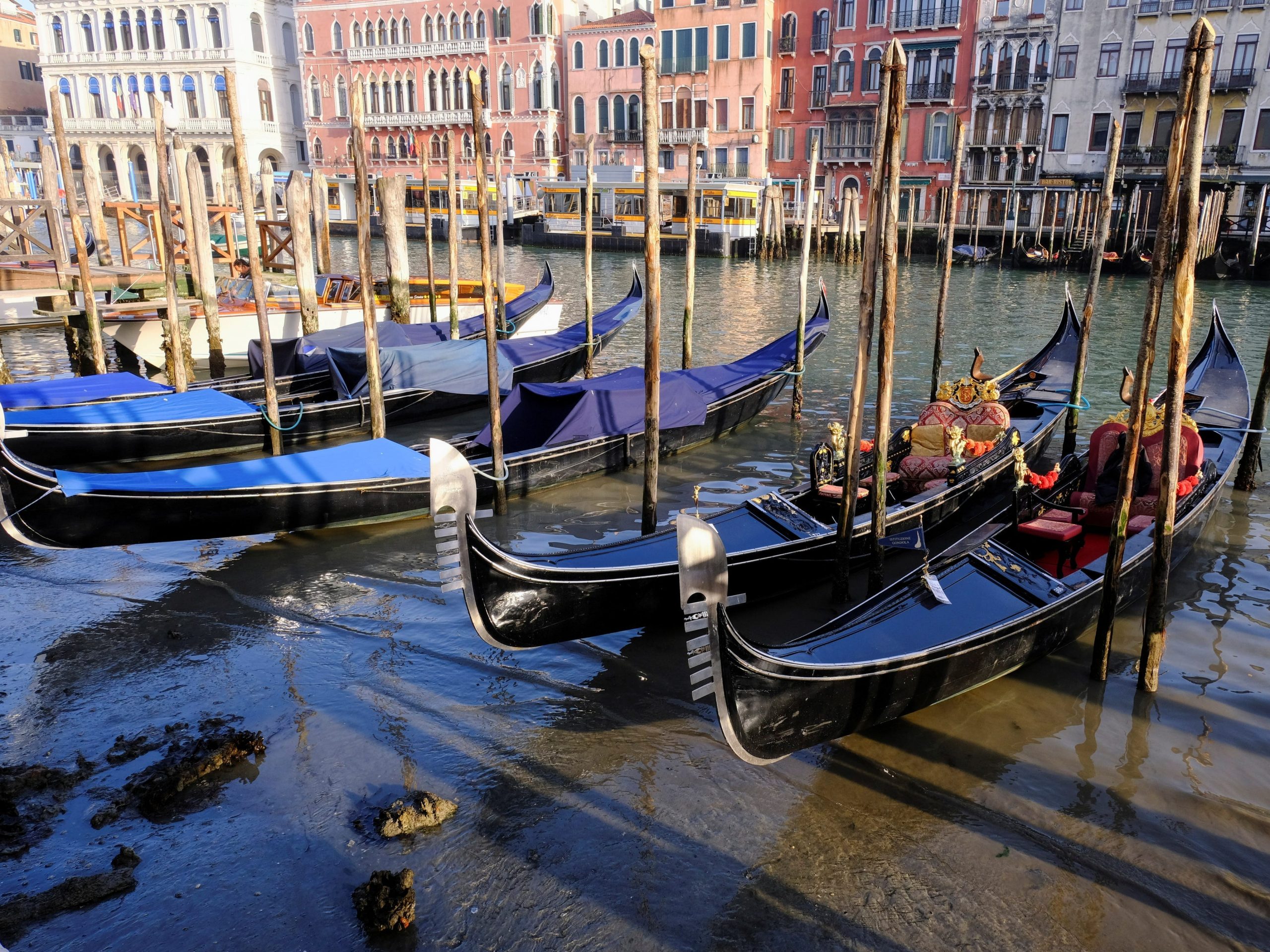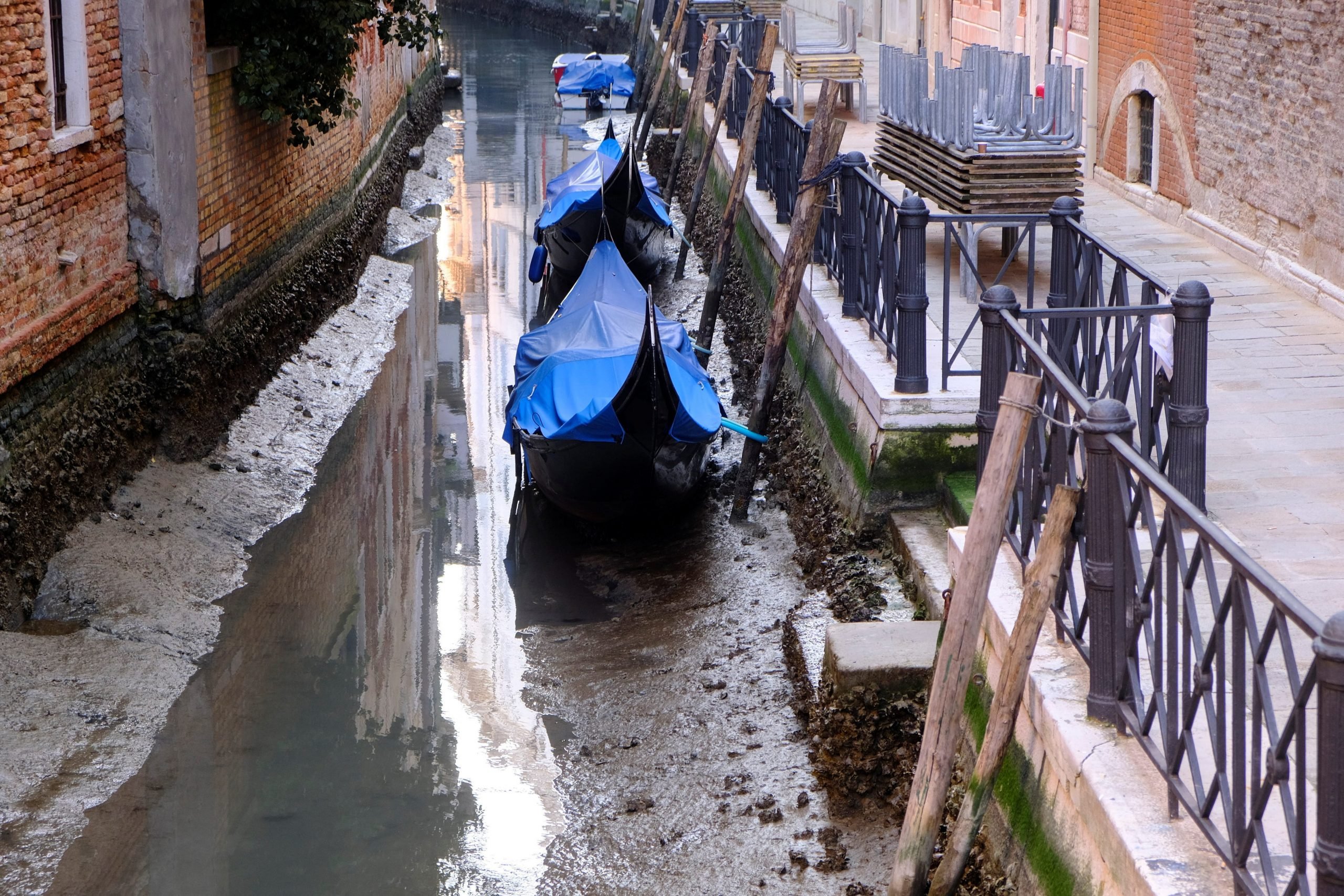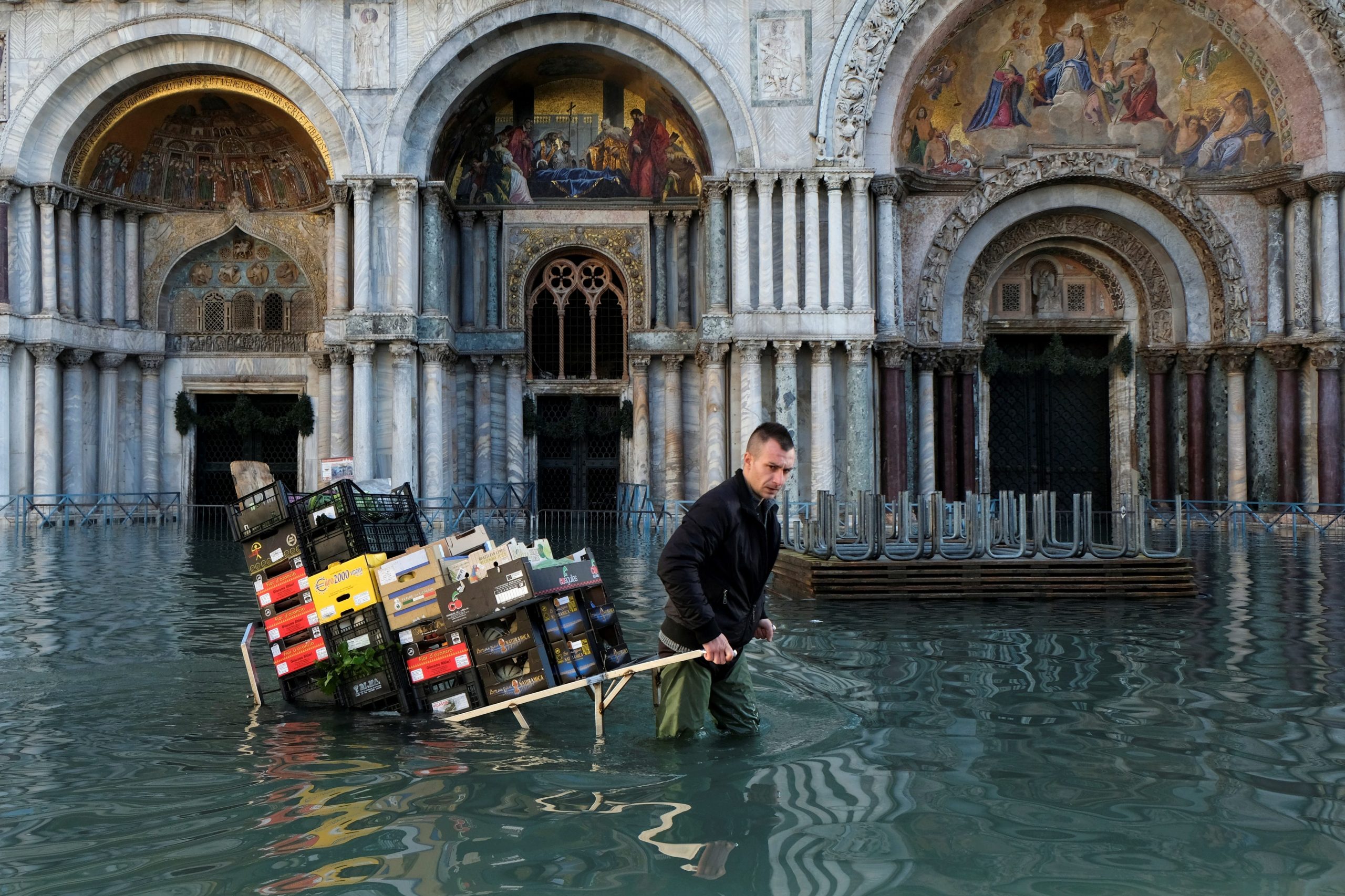
Manuel Silvestri/Reuters
- Water levels in Venice’s canals dropped to -18 inches from a 19-inch average.
- It follows flooding in December, which reached 5ft.
- The Mayor of Venice maintains that the rapidly alternating water levels are linked to climate change.
- Visit the Business section of Insider for more stories.
Low tides have left Venice’s canals dry, with water levels dropping to -18 inches from a 19 inch average, months after heavy flooding.
The city is currently meant to be experiencing the season of ‘acqua alta’, Italian for ‘high water’ which occurs from October to March.
However, local reports described the tides of ‘acqua bassa,’ or low water with images showing the city’s iconic gondalas beached highlighting the extent of the water loss.

Manuel Silvestri/Reuters
It follows unpredicted flooding in December after Venice’s flood barrier network, Mose, was not activated and tides reached 5ft.
The worst recent flooding was seen in 2019 when water levels hit the highest level in 50 years when it rose to 6.3ft.

Manuel Silvestri/Reuters
The Mayor of Venice, Luigi Brugnaro, has always maintained that the rapidly alternating water levels are linked to climate change.
Venice, dubbed the 'Floating City,' is comprised of 118 small islands and is navigated by canals and more than 400 bridges. It has a population of over 260,000.
The historic city, built on a lagoon in northeastern Italy, receives millions of tourists every year thanks to its picturesque canals as well as its history, art, and architecture.